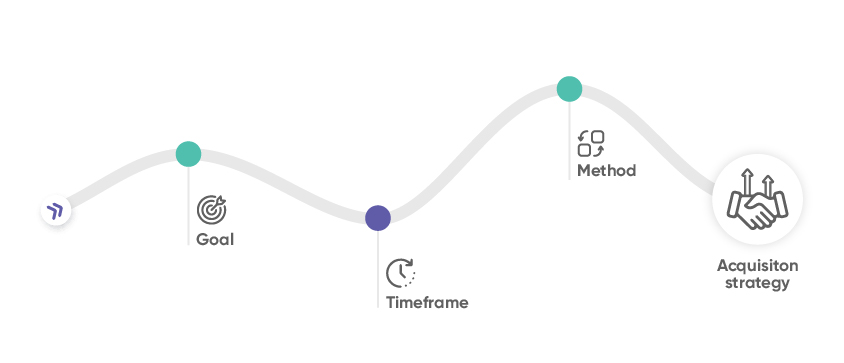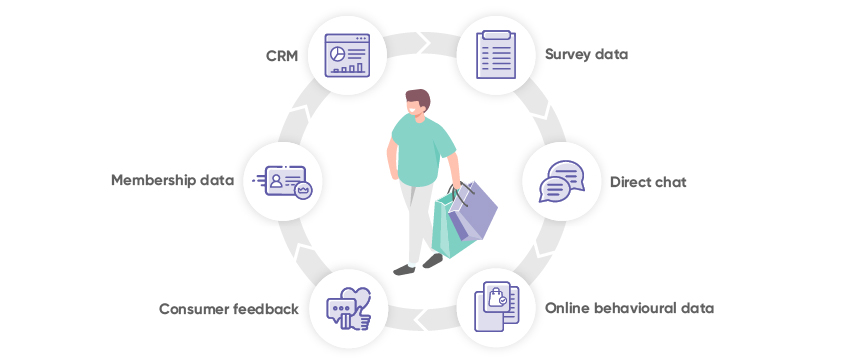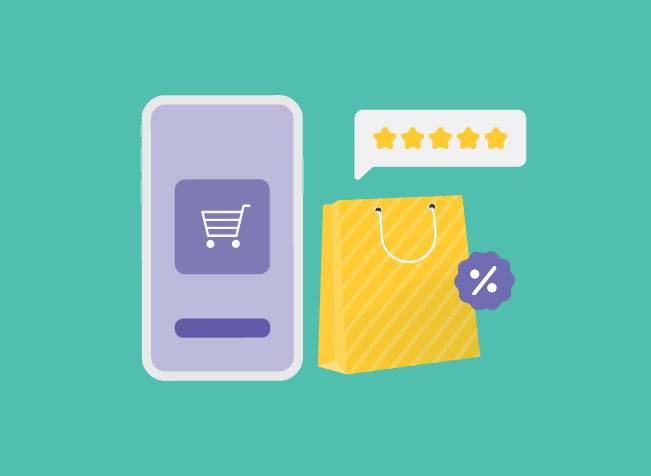In our last article, we focused on how consumer data has become an integral part of the evolving marketing process. We also pondered the emergence of various data types and their roles in effective strategy deployment.
We have recognized that the consumer journey from awareness to purchase has become a complex nonlinear process due to consumers’ omnichannel existences and interactions in this new normal era. Capturing these consumer micro-moments and events is key to driving success for a brand. The data sets available from various sources need to be understood, evaluated, and compared through the lens of driving marketing success.
We found that first-party data provides the most valuable and actionable consumer information and insights to drive profitable brand growth in the short and long term. The matter that now needs special attention is what are the best ways of continuously collecting First Party data for a brand.
The understanding of collecting First Party consumer data from the right place and the right way is the cornerstone for the effective articulation of a successful strategy for consumer personalization at scale.

The three critical pillars that help optimize the First Party data collection process are:
- Goal: Understanding the purpose of data acquisition helps to derive the best data acquisition framework with clarity on what kind of data is required and from whom.
- Timeframe: While collecting the data, the timeliness and time interval of data collection play a crucial role in making the data relevant to the end purpose. One should keep in mind the rate of data perishability and the value of data recency in the appropriate context
- Method: Finally, once the above two essential aspects are understood and agreed upon, the answer to the question of how best to collect the First Party data often becomes explicit.

There are various ways how brands can collect first-party data. These methods are used appropriately in the relevant context of collecting and managing quality data consumers consented to give.
- Survey data: Unique information about the consumers is gathered by requesting them to participate in brand-initiated customized online surveys using channels like email, social media, a brand’s website, and even offline point-of-sales.
Further, this method is inexpensive and easy to implement. It is helpful to analyze and interpret but often constrained by the level of participation in the absence of compelling benefits. The degree of accuracy is questionable due to its ‘Claimed-based’ responses. But this is good to provide some dipstick understanding and help gauge consumer trends.
- Information via Direct Chat: This is a more interactive and participation-based approach to collecting consumer information. But it is often underutilized as the marketers don’t put their due efforts and attention into social media messages (e.g., Facebook or Instagram), chatbots/customer service chats, and SMS to acquire consumer data.
Consumers, however, are often willing to share their opinions, preferences, and interests and reveal their identities on these channels. This is an excellent tool to gauge some of the inner voices of the consumers when they are in a more receptive mindset. But it provides little or no demographic information and limited affinity data about the consumers.
- Online Behavioral Data: Tracking the digital footprint provides some valuable and interesting insights about the consumers on their digital journeys, frequented digital destinations, products, services, and content preferences.
One prime limitation of this method is that the brand owners have to depend solely on the Web-visitors’ discretion to allow using their data once they’re logged in without having any apparent benefits for doing so. As the consumer responses are often not triggered by any brand/category stimuli, they may not be precise to help the brand drive its purpose.
- Consumer Feedback: There are ways of capturing first-party consumer responses by exploring direct inputs like comments on website forums and the brand’s social pages. Both positive and negative inputs from consumers offer valuable insights to know what’s working and what’s not and accordingly enable the improvement or redesign of the marketing and communication strategy.
This method needs systematic intervention(Time & effort) from a dedicated and skilled team to explore and interpret the signals appropriately and to put them into action in real-time.
- Membership Data: Isolating, analyzing, and comparing the behavioral patterns between Loyalty members and other consumers can help understand which elements of Loyalty programs are resonating well and where to improve or alter. The application of this method is limited to evaluating the effectiveness of the Loyalty program and enhancing its ROI.
- CRM and CDP: The profile and behavioral data of consumers often stored in the brand CRM (e.g., profession, title, family data, transaction history, value and frequency, store and site visits) can give some broad learning about these consumers. Such data are mostly static, more historical, and do not systematically provide a holistic behavioral understanding on a real-time basis.
A Customer Data Platform (a more advanced CRM) with capabilities beyond storing data but enables integration to activate the data too, let’s say for targeted advertising, and also can collect data from a wide range of tools like online customer support software or analytic software, etc., is the most useful and advanced option to address the data acquisition needs of today.
- Use of other kinds of Information: When information like timestamps, visited URLs, IP address, language, etc. supplement the first-party data like behavioral and transaction data of consumers, the marketers can get a pretty good insight of the consumers, their preferences, and how it leads to certain kind of purchase behaviors. While this kind of augmentation to existing first-party data could be beneficial and actionable, most brand owners often find it hard to implement within the organization without having the specialized team, investment, and bandwidth. As a result, they often find it most challenging to build such infrastructure and support systems internally.
The above methods of collecting First Party Consumer data with their opportunities, limitations, and challenges, make it very apparent that the most accurate, holistic, and sophisticated way of collecting 1st Party data can come from the real-time mapping of all the consumer events on their path to purchase integrating the online footprints of the consumers with their offline transaction events. This data can be collected and customized by triggering real-life consumer behaviors using the right brand stimuli or value exchanges.
While the above provides the most insightful and actionable data, it is extremely difficult for most brand owners to institute such a robust system within the organization without the proper infrastructure.
Here comes the role of Grivy, where our unique advanced data exchange platform enables the brand owners to collect behavioral First Party data (including transaction data) by connecting all the data silos and thus achieve the scale with efficiency and speed.











